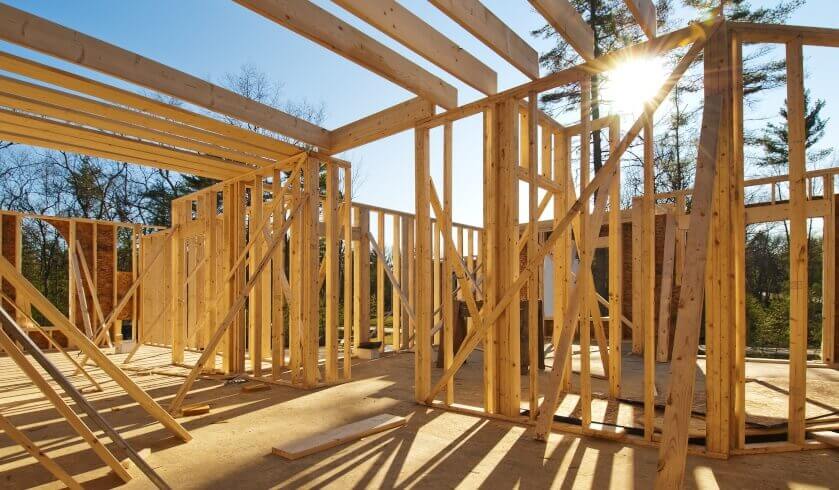Construction costs reach highest level since GST implementation
Construction costs across Australia have seen the highest annual growth rate on record outside of when Australia’s goods and services tax (GST) was introduced in 2000.

CoreLogic’s Cordell Construction Cost Index (CCCI) for Q1 2022 has indicated a 9 per cent rise in national residential construction costs in the year to March 2022, nearly as high as the 10.2 per cent growth rate over the year to March 2001 when GST came into effect.
The CCCI report examines the pace of change in construction costs in the residential sector and includes data for single- and two-storey freestanding and semi-detached dwellings.
In Q1 2022, the CCCI quarterly growth rate increased to 2.4 per cent, more than double the 1.1 per cent increase observed in Q4 2021, but still behind the 3.8 per cent increase seen in the three months leading up to September 2021.
South Australia had the highest quarterly increase in construction costs at 2.5 per cent, while Queensland had the lowest at 2.2 per cent. NSW, Victoria, and Western Australia all increased by 2.4 per cent, matching the national average.
Timber, metals, and imported materials are fueling the growth, according to CoreLogic construction cost estimation manager John Bennett.
“We continue to see volatility in the rest of the market, with imported products the most vulnerable due to elevated shipping costs. Rising fuel costs are also on the radar and we have continued to see further increases in the cost of other materials,” said Mr Bennett.
Drilling down on the data by state, NSW’s and Victoria’s CCCI growth rate for the March quarter elevated both states’ annual growth rate to 8.8 per cent – the fastest yearly growth rate in building costs either has seen since June 2001.
Western Australia’s CCCI climbed 9.5 per cent year-on-year, outpacing the state’s decade average annual growth rate of 4.2 per cent.
With an annual growth rate of 9.8 per cent, South Australia has the greatest yearly growth rate of the states, while Queensland saw the smallest annual gain at 8.7 per cent.
Commenting on the possible snowball effect of the annual change in building costs, CoreLogic research director Tim Lawless said: “Construction cost growth adds a further element of uncertainty to new building projects and renovations as well as inflationary pressures to the economy.”
Demand for construction supplies is expected to continue to rise, Mr Lawless added, given the record number of dwellings approved for construction during the HomeBuilder program, as well as additional rebuilding and repair work following the recent floods.
“A shortage of key materials such as structural timbers and metal products along with higher fuel costs, and labour shortages, is likely to keep upwards pressure on building costs for some time yet,” the research director flagged.
To help mitigate the expected impact of the construction cost surge, Mr Lawless has raised a red flag, not just for builders, home buyers, and renovators, but for home owners as well.
“With construction costs up more than 25 per cent over the past five years, it’s important for home owners to reassess their insurance terms and make sure they are adequately covered should they need to make a claim,” he said.
